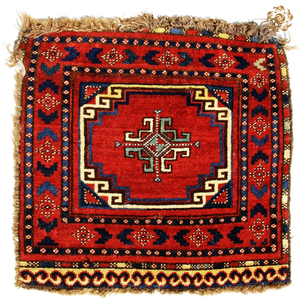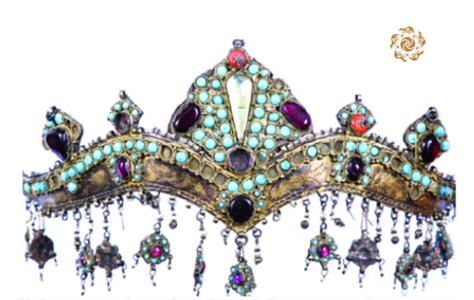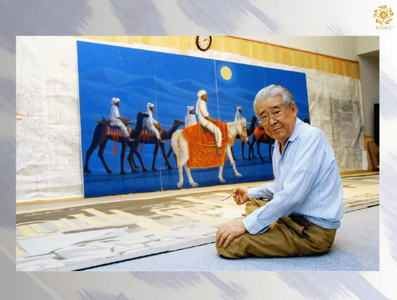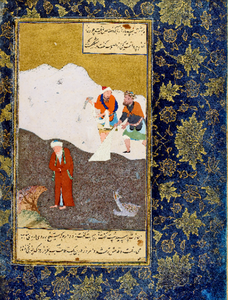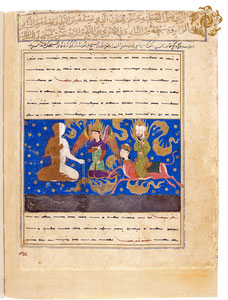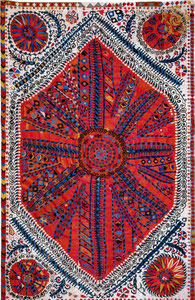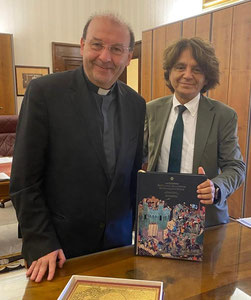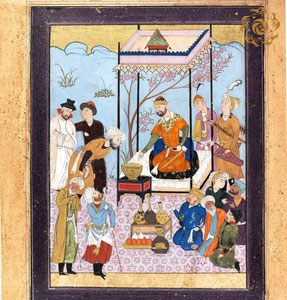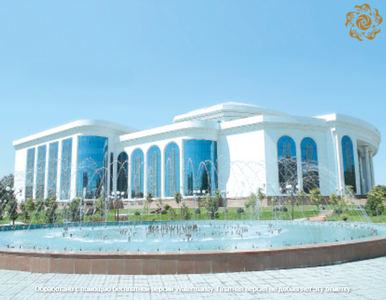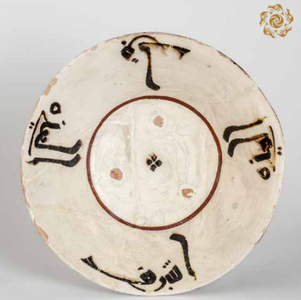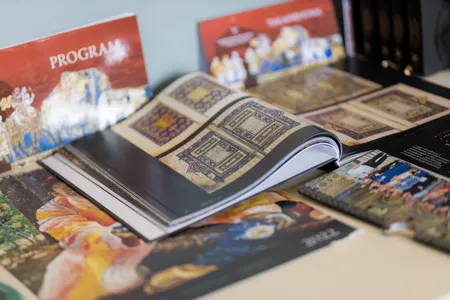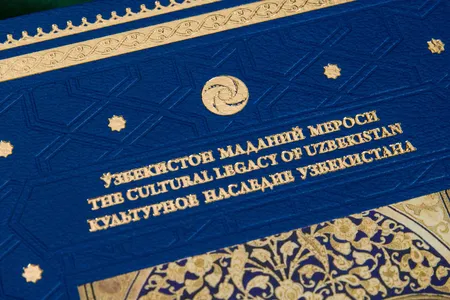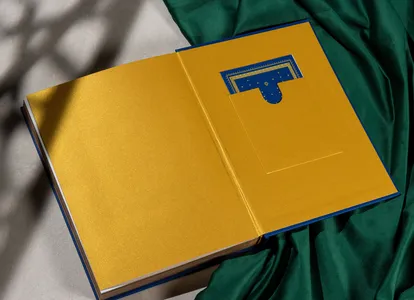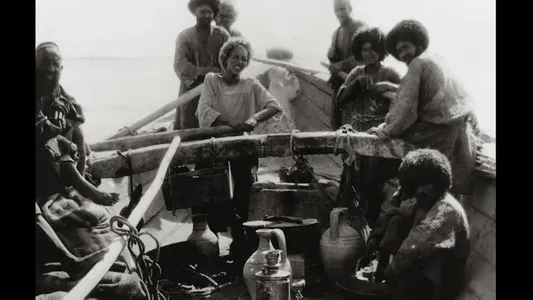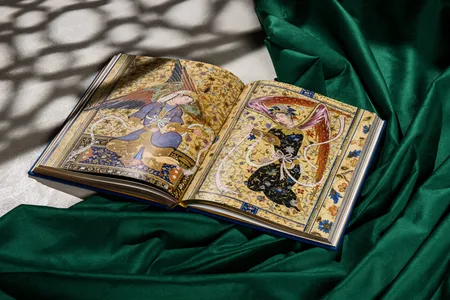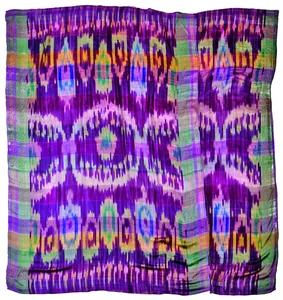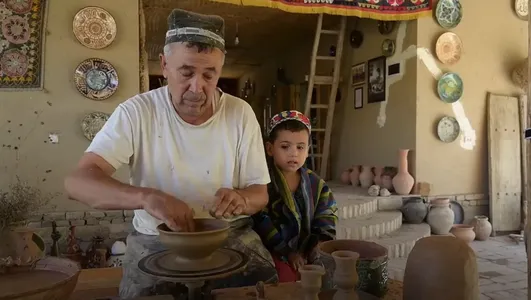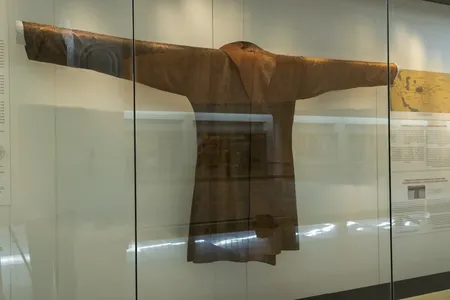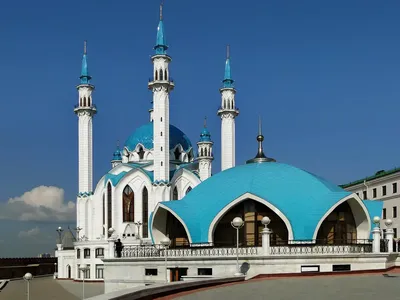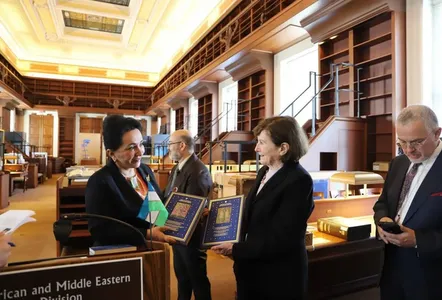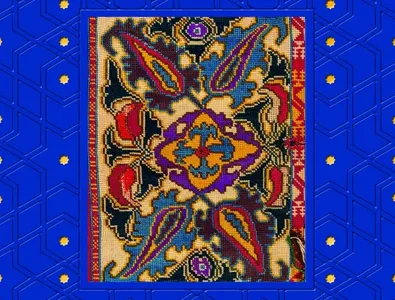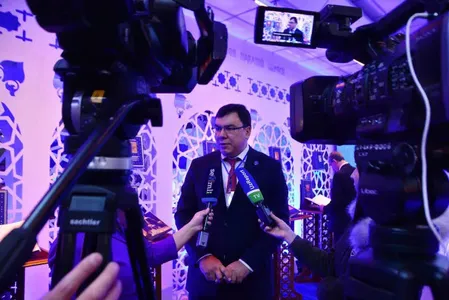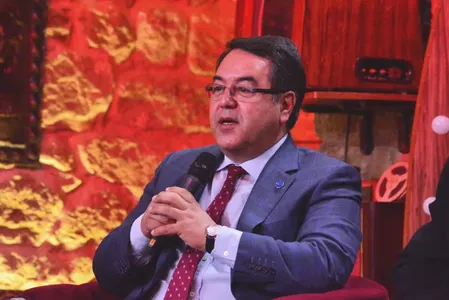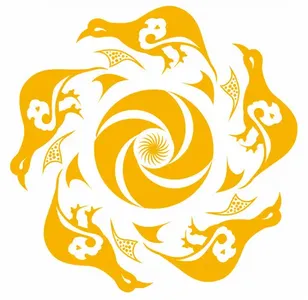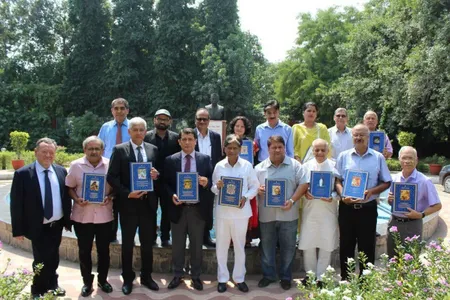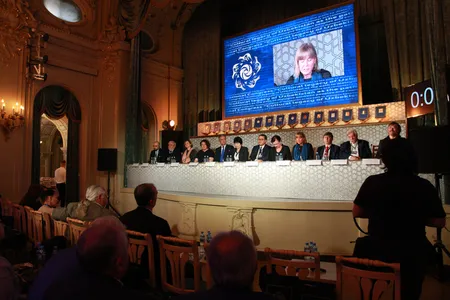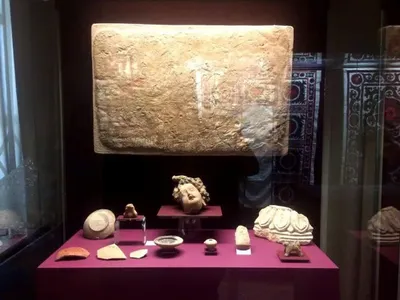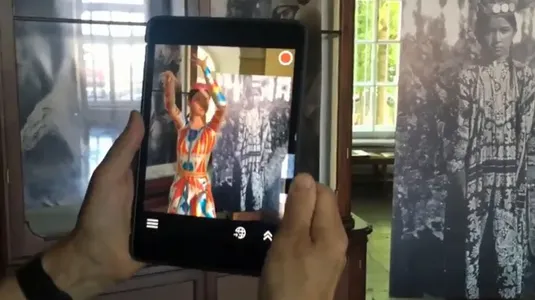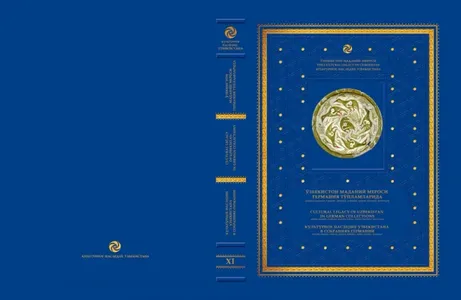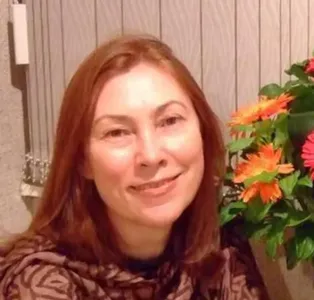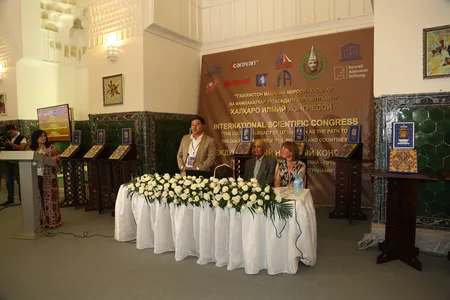
Each of us has seen such a jug many times. It is known that such vessels are used for ablution. But few people know that in fact there are many varieties of vessels and each has its own purpose!
Do you know how to distinguish OFTOBA from OBDASTA, DASTSHUI from SELOBCHI? We asked Prof. Elmira Gyul, Doctor of Art history, Academic Coordinator of the Cultural Legacy of Uzbekistan in the World Collections project to answer this question.
STORY
In Islamic tradition, pouring water from a jug on the hands and feet of another person during ablution is considered a sign of respect and sunnah. In the homes of rich people, slaves and concubines did this. In the Ottoman palaces, such a service was strictly regulated. "Ibrikdarbashi" - this was the name of a person who directly monitored the basin, jug and provided the Sultan with water. He usually had several assistants. Ibrikdarbashi gave the Sultan water to drink, he also poured water from a jug during the Sultan’s ablution procedure.
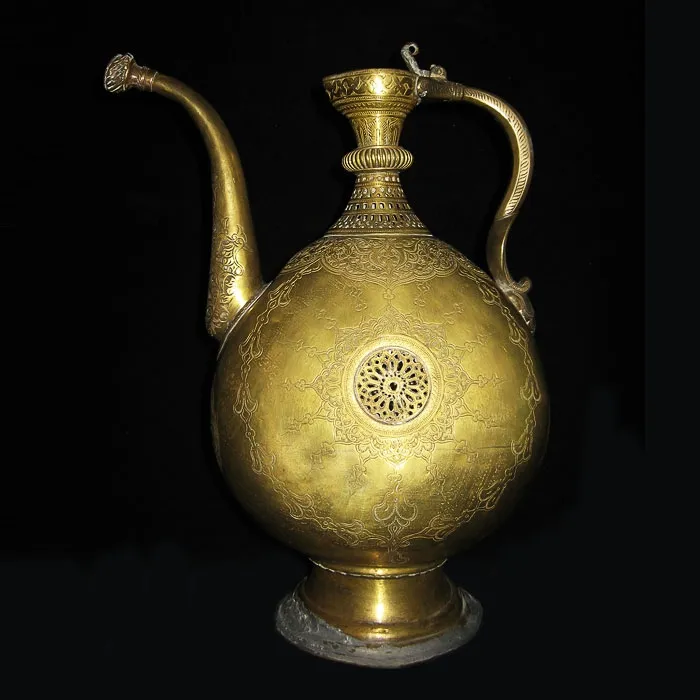
OBDASTA
Obdasta - literally: water - hand (Farsi). This jug was very elegant and was used when meeting guests. Obdasta were typical for Samarkand and Tashkent.

OFTOBA
The Bukhara version of obdasta was also used in Shakhrisabz, Karshi, Andijan (Tatar-oftoba).
TUNCHA
Literally “a small vessel” - a jug without a handle with a horizontal holder.

DASTSHUI
Reservoir with a perforated lid for draining water.

SELOBCHA
Peculiar Khorezm basins for washing, some of which have a stand.
What did one take to the bathroom? Some unassuming ceramic jugs. But after the introduction of the European sewerage system, it became possible to pay more attention to hygiene issues. As a result, elegant jugs for ablution - aftaba, obdasta, replaced by a stand-pipe in the yard, fell into the category of interior items and started to decorate niches in living rooms. And those that were simpler were still used for the toilet, reserving the name oftoba / aftafa - water heated in the sun.
Read more about chased vessels and their varieties in the 28th volume of the Cultural Legacy of Uzbekistan in the World Collections series.”.


